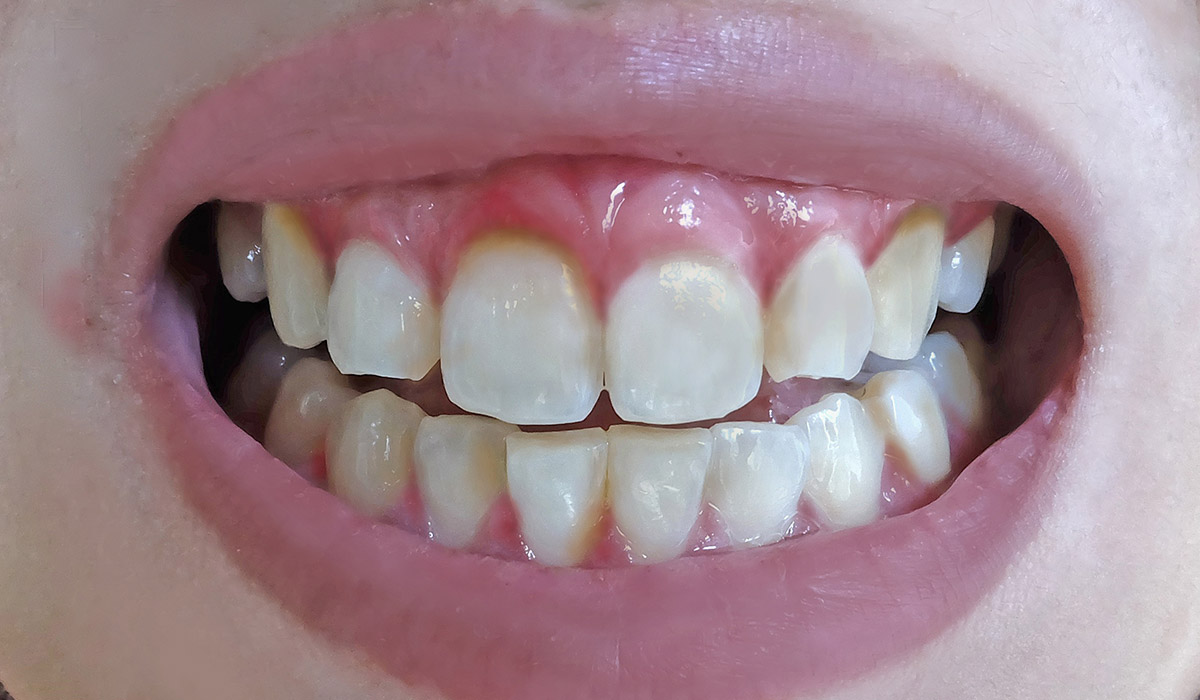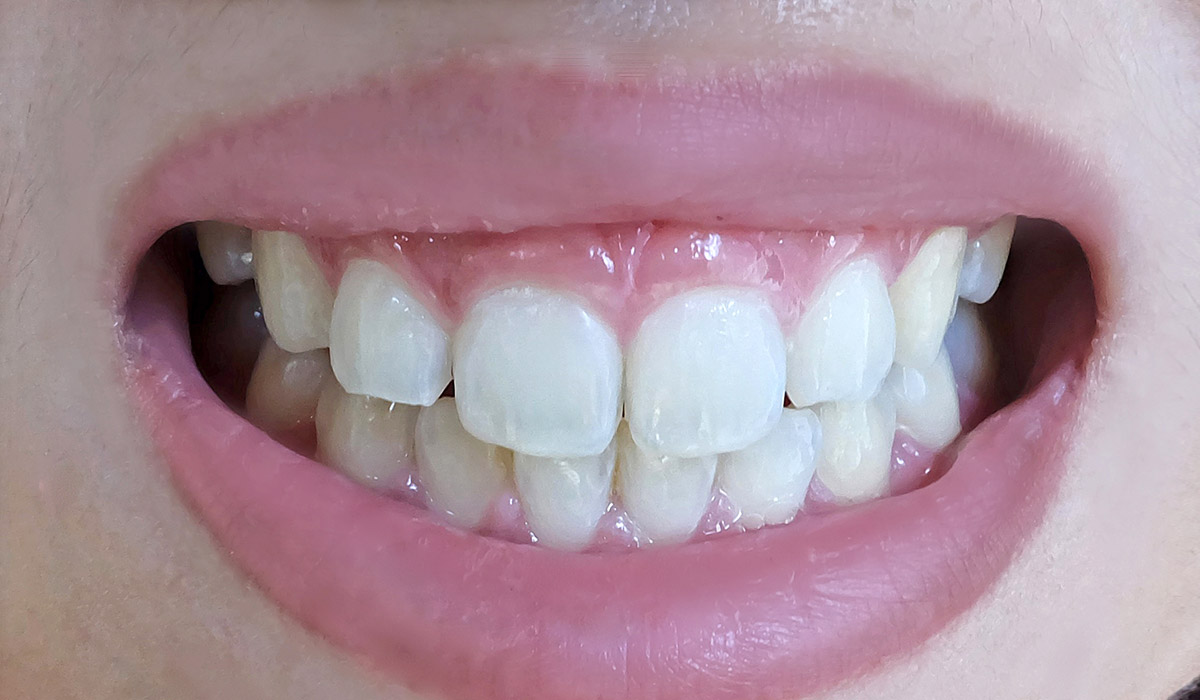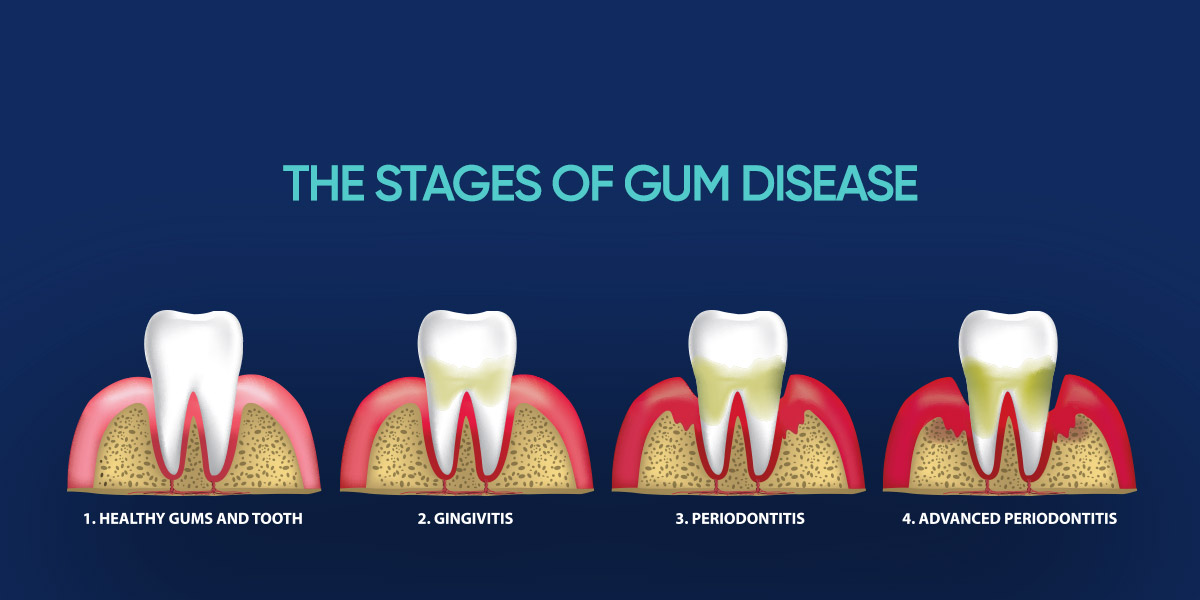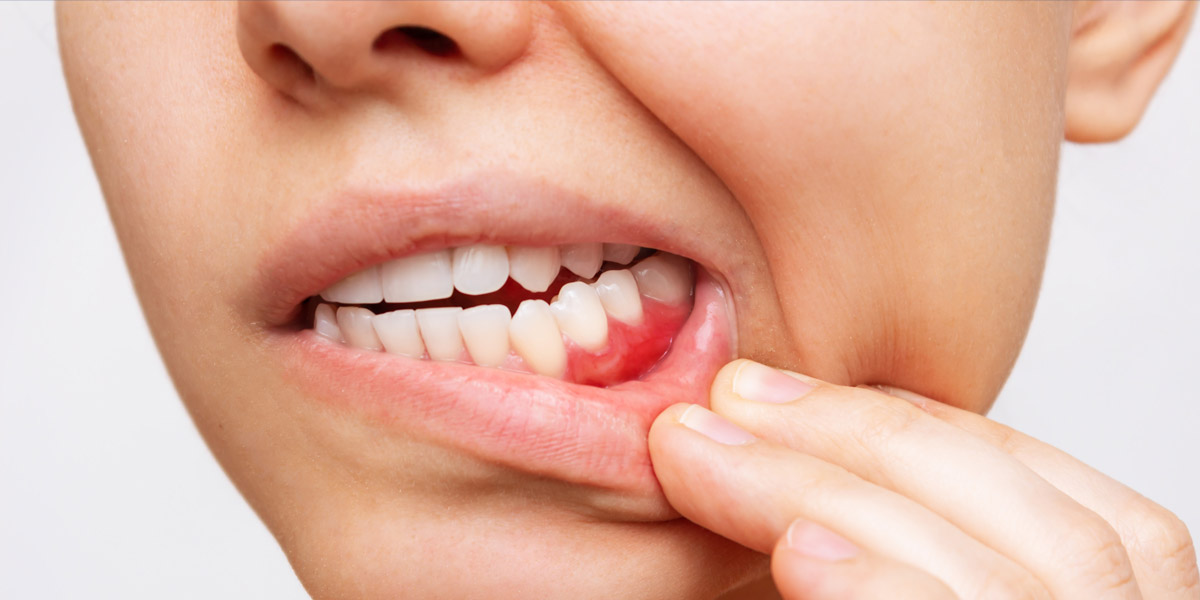If gum diseases are not treated in time, they can cause bigger problems. You can have your dental treatments without waiting by specialised dentists in Turkey.
Gum diseases are mainly caused due to poor oral hygiene. When teeth are not brushed regularly, a yellow-white layer containing bacteria called dental plaque forms on the teeth. These bacteria cause infection in the soft and hard tissues that surround the teeth and result in gum disease. When plaque is not cleaned for a long time, it hardens and deposits around the gums. These hard deposits are called tartar or dental calculus. Tartar cannot be removed by brushing or flossing. In the initial stage of gum disease, only the gums are affected, this is called gingivitis. When the infection affects the bone, a disease called periodontitis occurs. What are the risk factors for gum disease;


In simple terms, gum disease is an infection of the gum and bone that surrounds the tooth. The first symptom of gum disease is swollen gums and bleeding while brushing. If left untreated, it results in gingival recession, bone loss and inevitably tooth loss. Symptoms of gum disease
Gingivitis can be defined as a gingival infection caused by bacteria present in plaque and tartar that accumulates around the teeth as a result of poor oral hygiene. It usually reveals itself with mild swelling, redness and bleeding in the gums. Most people will get gingivitis at some stage in their lives due to various causes, but mild symptoms tend to be ignored. When they are ignored, they can lead to bigger problems. Patients often visit the dentist with complaints of bleeding when brushing their teeth. Gingivitis is often reversible if it is treated properly.
If gingivitis left untreated, the infection invades the ligaments and bone that surrounds the teeth and causes a condition called periodontitis. Infection causes bone loss and leads to the formation of uncleanable areas called pockets between the teeth and gums. Unless these areas are cleaned, more plaque and tartar accumulate, the accumulation of bacteria increases, the disease progresses and worsens. As periodontal disease progresses, gingival recession may occur. If left untreated, bone loss can progress dramatically. Since the supporting tissue around the teeth will weaken, the teeth become loose and fall out by themselves or have to be extracted by the dentist.
Acute necrotising ulcerative gingivitis is a sudden onset and highly painful gingival infection. It is characterised by red and bleeding gums, grey-white ulcerative lesions on the gums, bad breath and severe pain. It is mostly seen in patients who are heavy smokers and alcohol users and in patients with low immune system. Stress is an significant triggering factor. If left untreated, it may invade to the bone and results with bone loss and cause irreversible damage.
Gingival enlargement is an abnormal overgrowth of gingival tissue and is also named as gingival hyperplasia or gingival hypertrophy. Gingival hyperplasia or gingival hypertrophy is an inflammation caused mostly by plaque accumulated as a result of poor oral hygiene. In addition, gingival overgrowth can also be caused by some medications, pregnancy, genetics and some systemic diseases. Gingival overgrowth caused by poor oral hygiene will resolve by itself after professional cleaning and good oral hygiene, if it is not too severe. In cases when the gingival overgrowth does not resolve by itself, surgical removal of the gingiva might be necessary.
The most effective method for the prevention of gum disease is maintaining proper oral hygiene. Teeth should be brushed at least twice a day (in the morning and at bedtime) and flossed at least once a day. Efficient brushing and flossing protect your oral health by removing the bacteria responsible for gum disease. Besides daily oral care, regular dental check-ups, professional cleaning of dental tartar every 6 to 12 months as advised by your doctor are also helpful to prevent gum diseases. If presence of factors that increase the risk of gum disease like smoking, diabetes, genetic predisposition, use of certain medications or having dry mouth, you may need to visit your dentist more frequently. As smoking affects our general health, it also affects gingival health quite negative, therefore quitting smoking is very important in preventing gum diseases.
The management of gum diseases varies according to the severity of the disease, your general health and the outcomes of previous gingival treatments. Mild and moderate gingivitis can usually be successfully managed with regular brushing and flossing following professional cleaning.
In case the gum disease is severe, your dentist will first need to determine how far the disease has progressed. For this purpose, dentist will take x-ray and assess the health of your teeth and whether there is any loss in the surrounding bone. Then, with a thin long tool called a periodontal probe, he will measure the depth of the area between the tooth and the gum, which we call the gingival pocket. In addition to x-ray and gingival pocket evaluation, he will make a treatment plan for you, after evaluating gingival bleeding, the amount of plaque and tartar on your teeth.
In more advanced cases, such as periodontitis and acute necrotising ulcerative gingivitis, your doctor may recommend a treatment known as root planing or curettage. It is similar to normal tartar removal, but the aim is to remove deeper plaque and tartar as well as the damaged root surface. Local anaesthesia is used to ensure that you do not feel pain during the procedure.
In advanced cases, surgical procedures may be performed to remove the bacteria in the gingival pockets. First, your dentist injects a local anaesthetic into the area to be treated. Then, incisions are performed on the gingiva in order to temporarily remove the gums from the teeth. In this procedure, tartar, plaque and bacteria are removed from the tooth surface, irregularities on the root surface are removed and your doctor repositions and reattach the gum.
In cases of severe infection, antibiotics and mouthwash may be prescribed in addition to these treatments. However, it should be noted that antibiotics and mouthwash are useless without good oral hygiene, so daily oral care should not be neglected. If periodontal disease progresses too far, the teeth that have lost bone support become loose and your dentist may recommend extracting the teeth.
Mild to moderate gingivitis is usually reversible and can completely recover with effective treatment. However, if bone and gingival loss have already occurred, it is unfortunately not possible to recover these damages. The aim of the treatment is generally prevention of further progression, not restoring the structural support around the tooth. Nevertheless, in some limited situations, it may be possible to enhance the structural support around the tooth with gingival and bone grafting.
It is normal to feel some sensitivity after teeth cleaning. Before cleaning, teeth are covered with plaque and tartar but after cleaning, they will be exposed and be more sensitive to air, hot or cold foods. Tooth sensitivity is temporary, it will improve in a few days. If it does not improve, you should consult your dentist.
There may be some pain in the gums after cleaning, which usually passes in a few days
Following tooth cleaning, it is normal to have swelling and bleeding in the gums. With proper brushing, the bleeding and swelling will gradually decrease within a few days. Rinsing with salt water helps at this stage.
Particularly in patients who have bone and gingival loss, dark- triangular gaps occur between the teeth. this called also open gingival embrasures. When the teeth are not cleaned regularly, these areas may become filled with food debris, tartar and plaque and may become invisible. After dental cleaning, these gaps will become visible. There is a false belief in the society that gaps occur between the teeth following tartar cleaning. Dental cleaning does not create gaps between your teeth, it reveals the gaps that already exist but are filled with tartar and food residues.
Complications that may occur as a result of periodontal treatment depend on which periodontal disease is being treated and the method of treatment. However, it is generally a very safe treatment, there is not much risk.The biggest possible complication is postoperative infection, but if postoperative care is performed properly, the rate is very low.
After periodontal surgery, some bleeding, swelling and pain are normal.
Since the root surface is intervened during root planning, it is normal to have root hypersensitivity for a while after the procedure.
Gingival recession may occur after root planing and pocket reduction surgery. The infected gingival tissue becomes swollen. As the infection goes away, the swelling will decrease and gums will shrink back. In fact, after treatment existing gingival recession will be revealed.
during periodontal surgery, sometimes gums are dissected and positioned below to reduce the depth of gingival pockets which cannot be cleaned. The aim is to improve the cleanability of the gingival pocket, but since the gingiva is positioned below, the root surface will become more visible.
We do our best to ensure that our patients' dental treatments are comfortable. Keeping their satisfaction at the highest level is very important to us.
Please fill the form, we will contact to you for online dental consultation.
Please fill the form, we will contact to you for online dental consultation.





